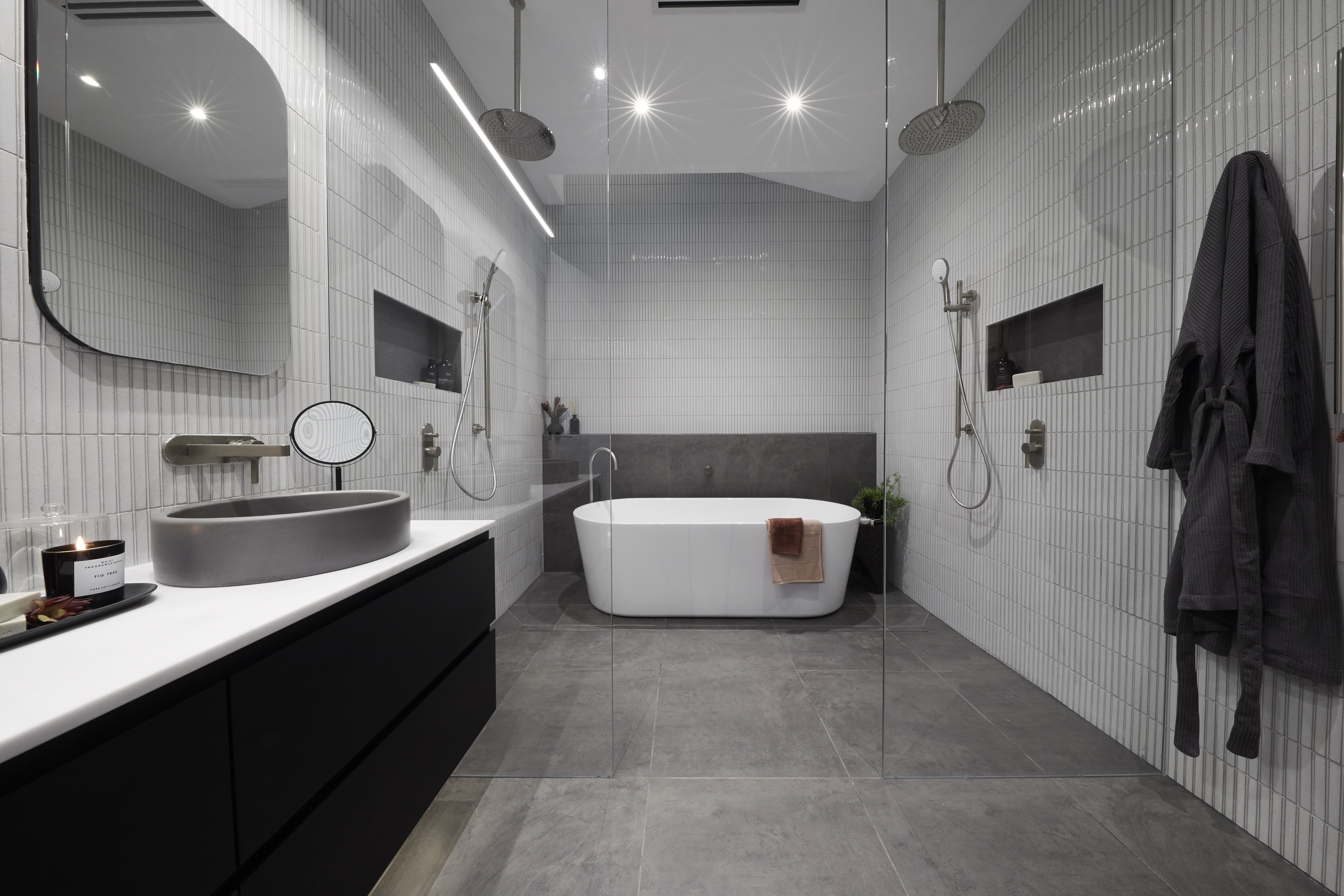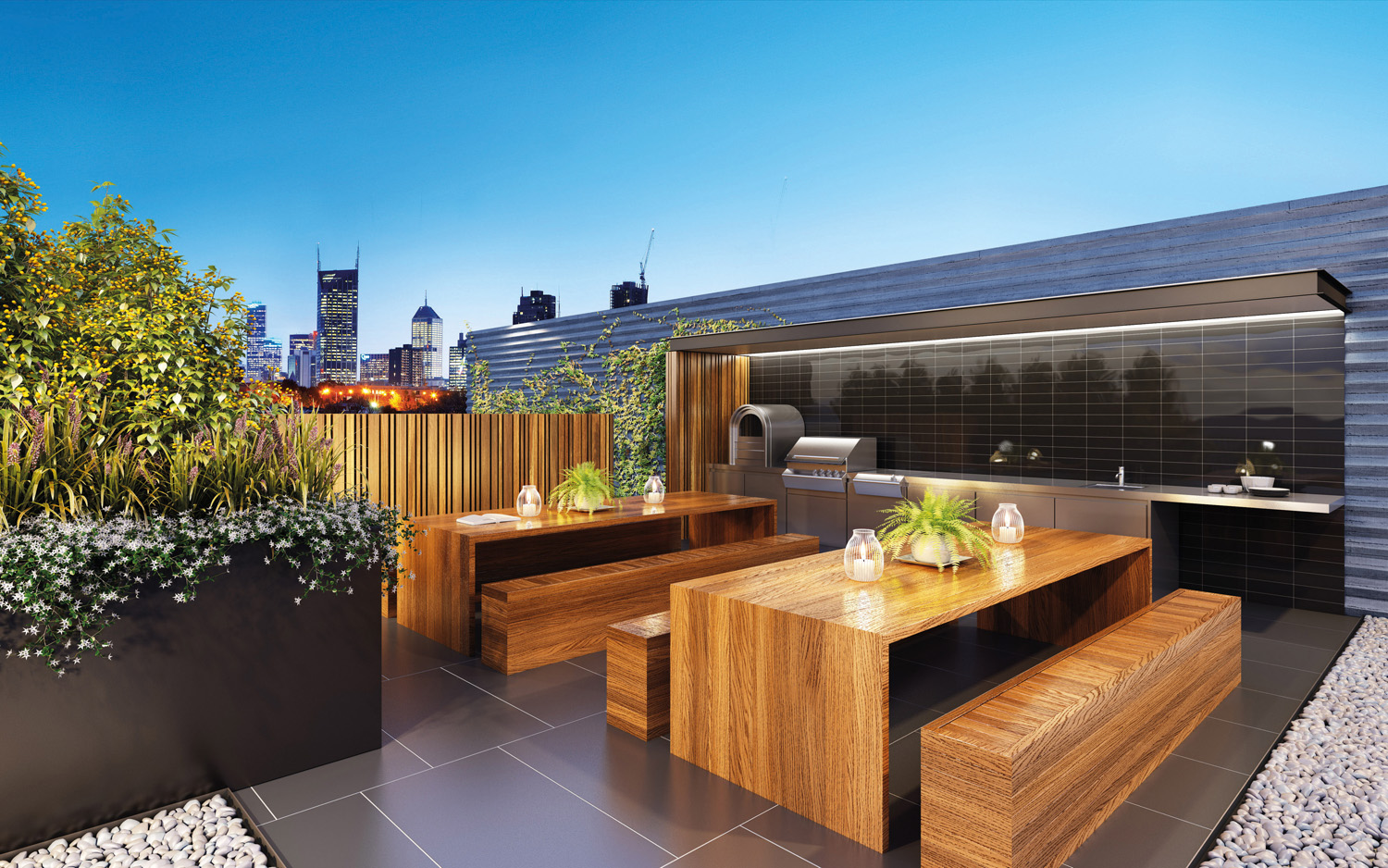All you need to do is add some new, soft furnishings and move a few things around to give a room a budget makeover
It’s said that a change is as good as a holiday, and if that change is within your own home, then every day can feel like a holiday. Up to this point we’ve explored what can be achieved in terms of structural alterations, selecting colours, painting, dressing windows, making provision for lighting and the arrangement of furniture. However, not all decorating projects need to be extensive, necessitating a call to the painters and plasterers (or donning overalls and doing the work yourself).
Often, a fresh, new feel within the home can be achieved by way of a new bedcover and matching accessories, the changing around of artefacts and collectables in the lounge room, and giving a new direction for decorative wares in the dining room.
To prove the point, we selected a delightful mid-1910s weatherboard workers’ cottage that had been freshly decorated and recorded the artful interior design of the owner and her interior decorator. We then moved things around, changed accessories, replaced some of the soft furnishings, china and so on, to not only create a new look, but a fresh, new mood.
And the cost was minimal. No major items of furniture were purchased, only elements such as bedlinen, baskets, and tiebacks for the bedroom; wall hangings, platters, fabrics and raffia mats for the lounge room; and table linen and crockery for the dining room.
For inspiration, over the following pages we show you a series of ‘before and after’ photos, detailing the changes that were made. You can use the approaches shown here to renew your interiors on a seasonal basis or simply change the look when the fancy takes you to maintain interest and keep your home looking fresh. And with all the money you can save by following a similar approach, you will have enough left in the kitty to treat yourself to a holiday to boot!
Cultural exchange
In the living room, the owner created an eclectic look by mixing contemporary and exotic pieces from places such as India (where she lived for a time), Thailand and Vietnam. The plaster walls, ceiling and cornices (matt off-white), window frames, picture rail, architraves (painted a gloss off-white) and polished hardwood floor provided the ideal neutral background for a striking ‘quick change’, while the simple window treatment of painted timber shutters with adjustable louvres added to the straightforward, no-nonsense styling of the room.
The furniture was an eclectic mix, typifying what we earlier referred to as ‘eclectic contemporary style’. A two-and-a-half-seater lounge was dressed with an off-white damask fitted slip cover to further maintain the neutrality and simple mood of the room; additional seating was provided by an antique Windsor chair and an antique English carver with muted green check upholstery. And for a feminine, colourful accent, a wingback chair was covered with a Laura Ashley floral.
To emphasise the casual feel of the space, floor cushions (in a handpainted fabric) were placed near the glass-topped cane coffee table to provide the ideal spot to perch and enjoy a casual meal. The conversation area of sofa, chair and table was ‘held’ together with a sisal mat, its natural colour enhancing the light, relaxed mood of the room.
Decorative accessories — many of which reflect the owner’s love of the East and her time living abroad — included woven and embroidered cushions from Sri Lanka and India, Korean jars and bowls from India, a Ming kitchenware bowl purchased in Vietnam, delightful sleeping buddhas from Thailand resting on an occasional table, a framed Indian silk print on the wall behind the lounge, an Oriental ginger jar, a Margaret Preston woodblock and a framed pen and ink sketch, a Maling antique bowl, a colourful pottery jug from the 1930s and, for a touch of the Mediterranean, a Tuscan storm shade and candle.
Then, with a flick of the wrist — and a few hours moving, adding and subtracting — Oriental gave way to tribal. Removing the Indian silk wall hanging, the main wall in the new ‘out of Africa’ lounge room was decorated with a bolt of fabric (a Kuba skirt from Zaire) held in place with a teak fabric hanger.
The cushioned effect — on both lounge and floor — was then transformed from Eastern to African with lounge cushions made from Mali mudcloth and nupestools. Decorating the coffee table in theme, Tribal Origins was consulted again and came up with an arrangement of glass bead necklace, West African hair combs and beaded Zulu wedding basket displayed against a background of brightly coloured Kente cloth from Ghana. Vibrant blooms that pick up the colour of the cloth are another important accessory.
In the corner, the butler’s tray, which formerly displayed a little piece of England, was also given the tribal touch with a combination of African artefacts. Fierce-looking arrow-shaped metal implements (used as currency in Zaire) replaced polished silverware, while limes on a wooden Zulu meat platter, a Zairian shoowa mat (also draped over the side of the lounge and Windsor chair) of embroidered raffia and cut velvet pile, and on the wall above, a work by celebrated Namibian artist John Muafangelo, were also added to the picture.
A pair of elaborate handcuffs from Ghana and a carved Masai granary doorlock on stand continued the theme on the antique timber cabinet, porcupine quills in Turkana wooden milk containers from Sudan and bushman linocuts on the wall next to the fireplace providing the finishing tribal touches.





